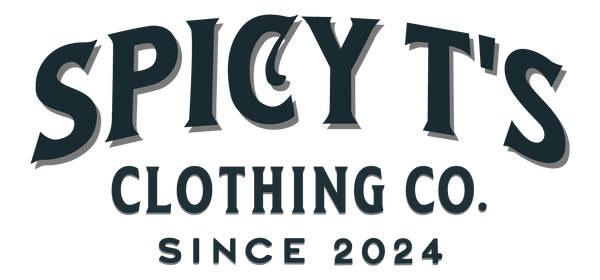
Vector Graphics in Virtual Reality (VR): What You Should Know
Share
Why Use Vector Graphics in VR?
In VR, graphics need to be:
-
Lightweight for smooth performance
-
Scalable for various resolutions
-
Crisp at any angle or zoom
🎯 That’s where vector graphics shine. Here's why they're great for VR:
| Benefit | How It Helps VR |
|---|---|
| 📐 Scalability | Stays sharp even when zoomed in close in VR |
| ⚡ Lightweight Files | Faster load times and better FPS performance |
| 💡 Stylized Design | Perfect for UI/UX overlays, maps, menus |
| 🧰 Programmability | Easily animated and transformed in real time |
| 🎨 Consistent Aesthetics | Smooth lines, clean design—great for immersive UI |
🎯 Applications of Vector Graphics in VR
1. VR User Interfaces (UI)
-
Buttons, cursors, sliders, tooltips, menus
-
Vectors keep UI sharp even at 360° views
-
📌 Example: Oculus Quest interfaces use vector-based UI elements
2. Data Visualization in VR
-
Scientific visualizations, maps, graphs
-
Vectors allow crisp lines, zoomable details
-
📈 Example: VR dashboards for data analysts or medical research
3. Educational & Simulation Apps
-
Labels, outlines, and guided tours in anatomy, architecture, or training simulations
-
🎓 Example: A VR app that labels the parts of a jet engine using SVG overlays
4. Creative VR Tools
-
Vector-based drawing apps in VR
-
Users can create and edit shapes in real time
-
🖌️ Example: Tools like Tilt Brush and Gravity Sketch blend 3D + vector art
5. 3D Vector Art (Hybrid Use)
-
Combine vector paths with 3D modeling for clean edges
-
Often used in stylized VR games
-
🕹️ Example: Low-poly VR environments with vector UI elements on panels or signs
🚀 Tools & Tech Used in VR + Vector Workflows
| Tool/Platform | Purpose |
|---|---|
| A-Frame (WebVR) | Web-based VR with SVG integration |
| Unity3D + SVG Importer | Bring vector assets into VR scenes |
| Three.js | Render vector shapes in 3D environments |
| Blender + Grease Pencil | 2D/3D hybrid animation using vector strokes |
| Inkscape / Illustrator | Create vector assets for import into game engines |
⚠️ Limitations & Challenges
| Challenge | Description |
|---|---|
| ❌ No native 3D vectors | Vectors are 2D; converting to 3D adds complexity |
| 🧮 Complex shapes = performance hit | Too many points in a vector can slow rendering |
| 🔄 Limited support in some engines | Not all VR platforms handle SVGs well |
| 🎨 Flat style | Not ideal for realism—best for stylized/flat VR environments |
🧪 Real-World Example
"DataVizVR" – A research app used in neuroscience
Built using Three.js + vector paths, this app displays real-time neural activity using interactive, zoomable vector lines in a 3D space.
Summary
| Use Vector Graphics in VR for... | Avoid When... |
|---|---|
| UI/UX overlays & HUDs | You need ultra-realistic textures |
| Scalable symbols, labels | You need 3D photorealism |
| Data maps & tech dashboards | You want hand-drawn or painterly styles |
| Lightweight graphic assets | You’re animating full raster video |
💡 Pro Tip
For performance and clarity:
-
Export SVGs or paths from Illustrator or Inkscape
-
Use tools like Lottie (JSON vector animations) for interactive vector animations in 3D web/VR environments
